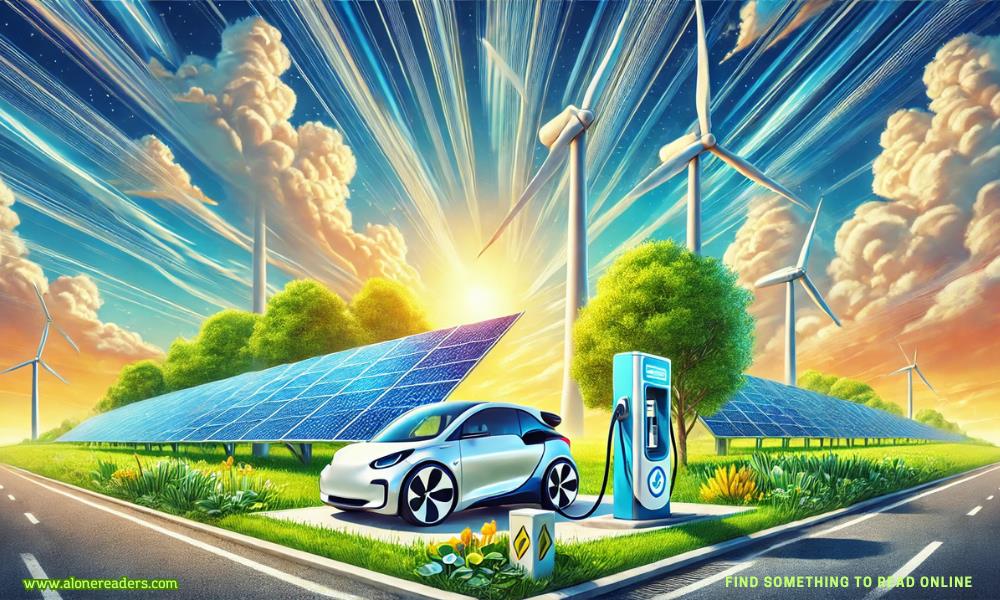
In the face of rising environmental challenges, renewable energy technologies are at the forefront of a global shift towards sustainability. As the world grapples with climate change, resource depletion, and the growing need for energy, these innovations offer viable solutions for a greener, more sustainable future. From harnessing the power of the sun to tapping into wind and water, renewable energy technologies are reshaping industries, communities, and economies worldwide.
The reliance on fossil fuels has led to significant environmental and health concerns, including greenhouse gas emissions, air pollution, and ecosystem degradation. Renewable energy provides a sustainable alternative by leveraging resources that are naturally replenished, such as sunlight, wind, and water. Unlike fossil fuels, these energy sources produce little to no harmful emissions, making them essential in mitigating climate change.
Key Drivers of the Shift
Environmental Awareness
Increased awareness of environmental degradation has pushed governments, organizations, and individuals to seek sustainable energy solutions.
Economic Incentives
The cost of renewable technologies, particularly solar and wind, has dropped dramatically in the past decade. Tax incentives and subsidies further encourage adoption.
Energy Independence
Countries are seeking to reduce their reliance on imported fossil fuels, ensuring a more stable and secure energy supply.
Technological Advancements
Innovations in energy storage, smart grids, and efficient energy conversion have made renewable energy more reliable and accessible.
1. Solar Energy
Solar power is one of the most widely adopted renewable energy sources. Photovoltaic (PV) cells convert sunlight into electricity, while solar thermal systems capture heat for various applications. Advancements in solar panel efficiency and battery storage systems are making solar energy a viable option for both large-scale power generation and off-grid applications.
2. Wind Energy
Harnessing the power of the wind through turbines has become a cornerstone of renewable energy. Onshore and offshore wind farms are capable of producing large amounts of electricity, with offshore wind projects gaining traction due to their higher energy yield and reduced land-use conflicts.
3. Hydropower
Hydropower utilizes the energy of flowing or falling water to generate electricity. While it has been a reliable source of renewable energy for decades, concerns about ecosystem impacts have led to innovations in small-scale and run-of-river systems.
4. Biomass Energy
Biomass energy derives power from organic materials like agricultural waste, wood, and algae. It is a versatile source that can produce electricity, heat, and even biofuels, offering an alternative to traditional fossil fuels.
5. Geothermal Energy
By tapping into the Earth's internal heat, geothermal energy provides a consistent and reliable power source. It is particularly effective for heating and cooling applications, with countries like Iceland leading the way in its adoption.
Environmental Sustainability
Renewables significantly reduce carbon emissions, contributing to cleaner air and water and protecting ecosystems.
Economic Growth
The renewable energy sector has created millions of jobs globally, from manufacturing and installation to maintenance and innovation.
Energy Security
Diversifying energy sources through renewables decreases reliance on finite resources and strengthens energy resilience.
Improved Public Health
Reduced air and water pollution from renewable sources lowers the prevalence of health issues such as respiratory illnesses.
Intermittency and Reliability
Solar and wind energy depend on weather conditions, posing challenges for consistent energy supply. Energy storage technologies like lithium-ion batteries and innovations in grid management are addressing these issues.
Initial Costs
Although costs are decreasing, the upfront investment for renewable energy systems can be high. Government incentives, subsidies, and private financing models are making renewable energy more accessible.
Land and Resource Use
Large-scale renewable projects can impact land use and local ecosystems. Balancing development with environmental conservation is essential, and newer technologies like floating solar farms and offshore wind farms are helping mitigate these concerns.
The global commitment to achieving net-zero emissions by mid-century underscores the importance of renewable energy technologies. With continued innovation, these technologies are expected to become even more efficient and affordable, driving widespread adoption.
Emerging trends include:
Conclusion
Renewable energy technologies represent more than just an alternative to traditional energy sources—they are a pathway to a sustainable future. By embracing innovation and addressing challenges, the world can transition to an energy system that supports economic growth, environmental preservation, and societal well-being. As governments, businesses, and individuals invest in this shift, renewable energy will continue to illuminate the path toward a cleaner, greener planet.